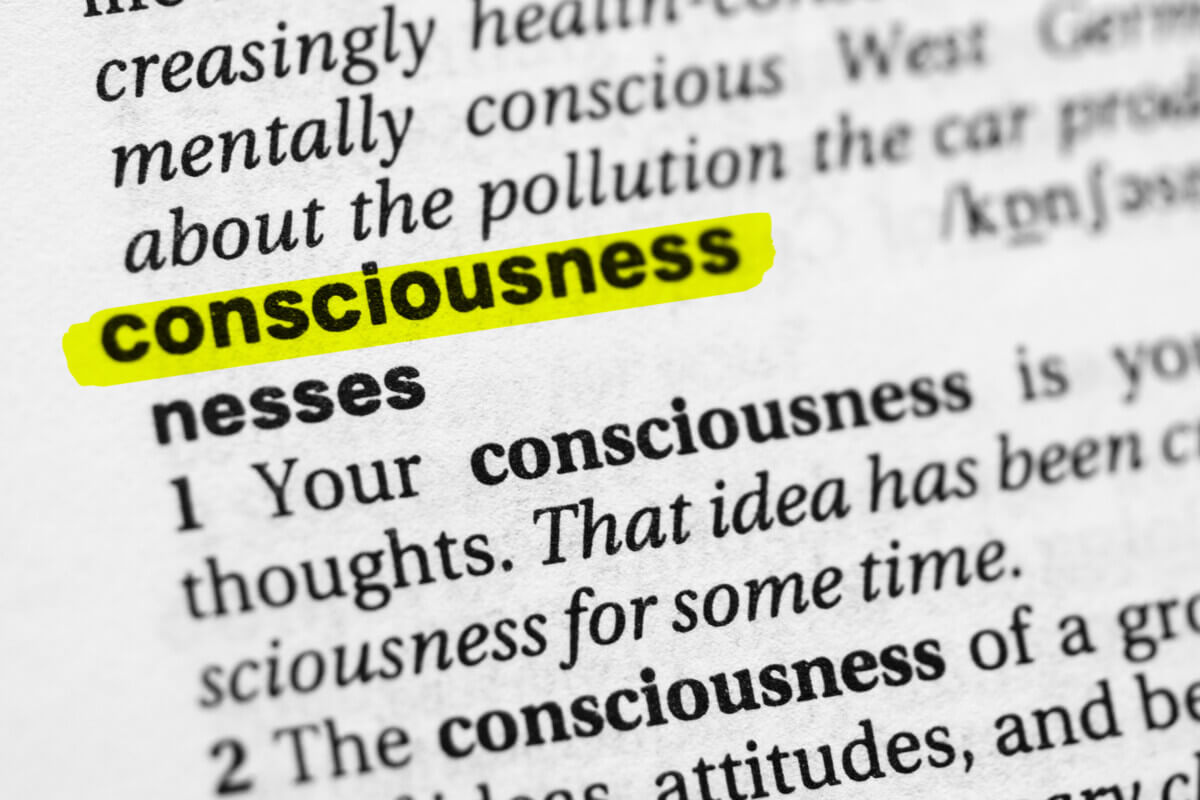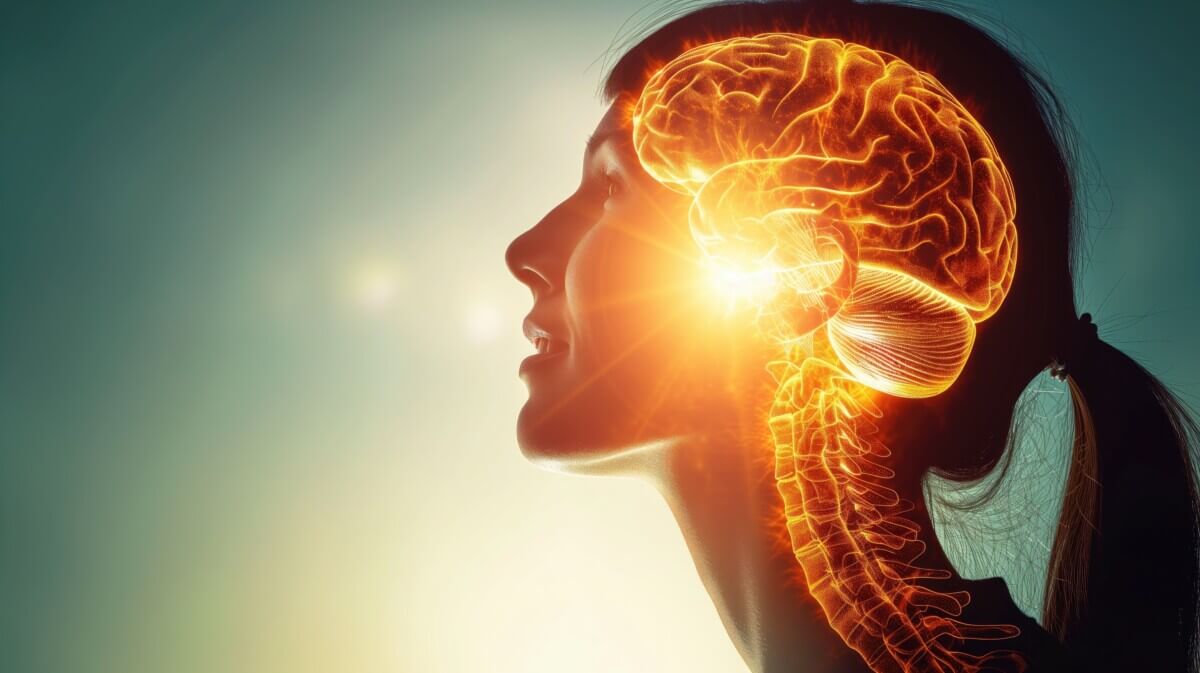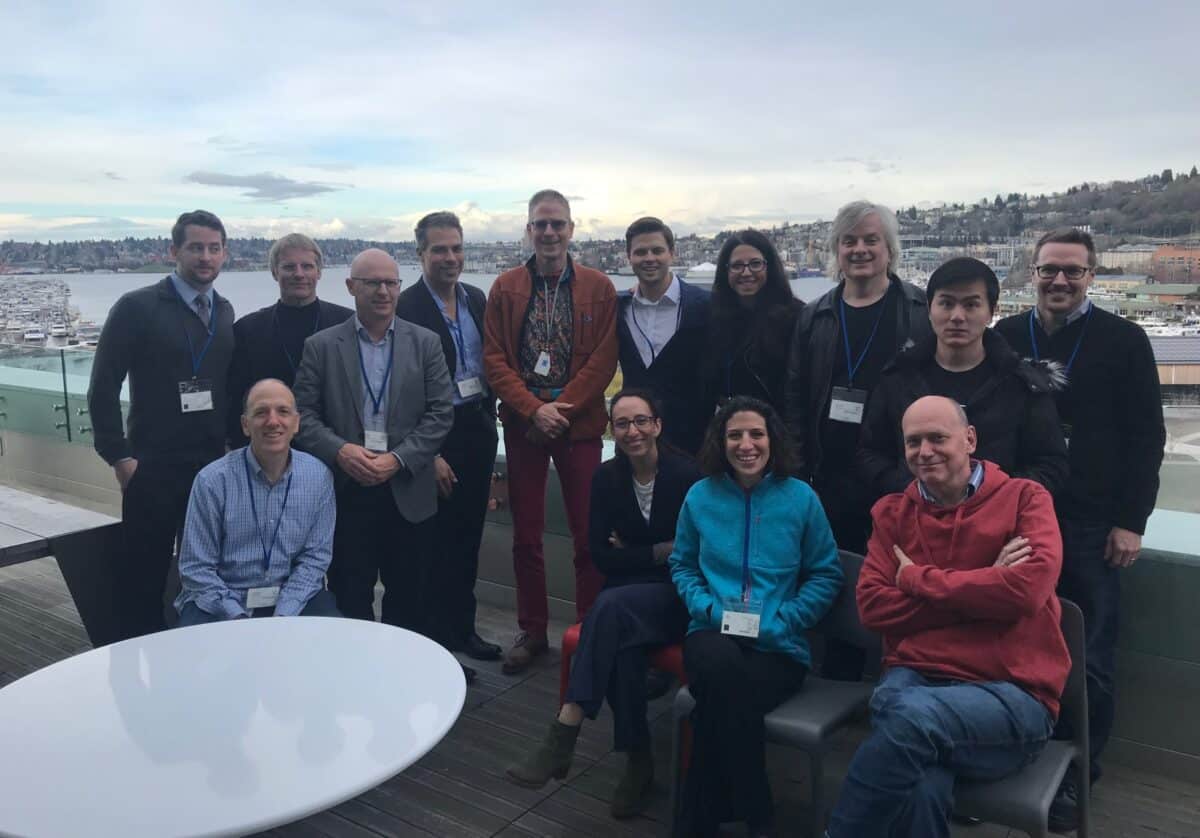
(© lobro - stock.adobe.com)
In a nutshell
- Scientists directly compared two leading consciousness theories (Integrated Information Theory and Global Neuronal Workspace Theory) for the first time in a groundbreaking “adversarial collaboration” study.
- Both theories faced significant challenges: IIT’s prediction of sustained connectivity in posterior brain regions wasn’t supported, while GNWT’s prediction of frontal cortex “ignition” at stimulus offset wasn’t observed.
- The study demonstrates a new approach to neuroscience where competing theories are tested side-by-side, potentially transforming how consciousness research progresses.
SEATTLE — What happens in your brain when you look at a sunset, listen to your favorite song, or feel pain? Scientists have been arguing for decades about how physical brain processes create our conscious experiences. Now, a new study puts two leading theories to the test against each other.
The outcome? Both theories took some serious hits. This scientific showdown, published April 30 in Nature, reveals major gaps in our understanding of how consciousness works at the brain level.
“Different theories explain how subjective experience arises from brain activity,” the researchers write in their paper. “These theories have independently accrued evidence, but have not been directly compared.”
This unusual approach — having competing theorists work together on the same experiment — marks a new chapter in consciousness research. More than 40 scientists collaborated across multiple countries to design experiments that could test specific predictions from each theory. The collaboration began at a workshop at the Allen Institute in Seattle in 2018.

Two Competing Theories of Consciousness
The study pitted two major frameworks against each other:
Integrated Information Theory (IIT) proposes that consciousness emerges from information integrated within neural networks, particularly in the brain’s posterior regions, which are areas toward the back of your head that process sensory information.
Global Neuronal Workspace Theory (GNWT) argues consciousness happens when information becomes globally available across the brain through a “workspace” centered in the prefrontal cortex, which is the area behind your forehead.
The research team tested three key questions:
- Which brain regions contain information about what we’re consciously seeing?
- How is conscious content maintained over time in the brain?
- Which brain regions communicate with each other during conscious perception?
Participants viewed high-contrast images while their brain activity was recorded using brain scanning technologies. Some participants underwent fMRI scans, others had their brain waves measured with magnetoencephalography, and patients with epilepsy had readings taken directly from electrodes in their brains.
Both Theories Face Major Challenges
Neither theory survived unscathed. For IIT, the biggest problem was the lack of sustained connectivity between brain regions in the posterior cortex. The theory predicts strong, sustained connections within these back-of-the-brain networks during conscious experience, but the researchers found only brief connectivity patterns.
GNWT faced its own troubles. While researchers did find some information about what people were viewing in the prefrontal cortex, these front-of-brain areas didn’t represent all aspects of conscious experience. For example, the prefrontal cortex failed to represent the orientation of objects, something participants clearly experienced.
More striking, GNWT predicts bursts of activity called “ignition” in the prefrontal cortex at both the beginning and end of conscious experiences, but researchers observed this ignition only when stimuli appeared, not when they disappeared.
“For IIT, a lack of sustained synchronization within the posterior cortex contradicts the claim that network connectivity specifies consciousness,” the authors explain. “GNWT is challenged by the general lack of ignition at stimulus offset and limited representation of certain conscious dimensions in the prefrontal cortex.”

A New Approach to Neuroscience
Beyond the specific findings about consciousness, this study demonstrates a fascinating approach to resolving scientific debates. Instead of researchers working in isolation to support their favored theories, competing camps collaborated to design experiments that would yield clear results regardless of which theory proved more accurate.
“Beyond challenging the theories, we present an alternative approach to advance cognitive neuroscience through principled, theory-driven, collaborative research,” the authors write.
The findings hint that both theories capture partial truths about how consciousness functions in the brain. The posterior regions highlighted by IIT do contain rich information about conscious experiences, and the frontal areas emphasized by GNWT play some role in broadcasting certain types of information.
“Adversarial collaborations are a powerful social process, little used because of its challenging nature, within any field that has competing theories,” said Christof Koch, Ph.D., meritorious investigator at the Allen Institute. “The bio-medical field could hugely profit by ‘friendly’ competition among theories—neurobiological or others. But it requires a great deal of cooperation and work.”
Paper Summary
Methodology
Researchers conducted a large-scale adversarial collaboration involving 256 participants across three neuroimaging modalities: functional MRI (120 participants), magnetoencephalography (102 participants), and intracranial EEG (34 epilepsy patients). Participants viewed high-contrast visual stimuli including faces, objects, letters, and false fonts in different orientations (front, left, right) and for different durations (0.5, 1.0, and 1.5 seconds). The experiment manipulated task relevance by having participants detect specific target stimuli from certain categories while other stimuli remained task-irrelevant. This design allowed researchers to test three key predictions: where conscious content is decoded in the brain, how it’s maintained over time, and which brain regions communicate with each other during conscious perception.
Results
The study found information about conscious content in visual, ventrotemporal, and inferior frontal cortex. Posterior brain regions showed more robust representation of stimulus features like orientation than prefrontal regions did. For maintenance of conscious content, researchers observed sustained responses in occipital and lateral temporal cortex that reflected stimulus duration, aligning with IIT predictions. However, they did not find the sustained synchronization within posterior cortex that IIT predicts. For GNWT, researchers found content-specific “ignition” in prefrontal cortex at stimulus onset but not at offset as the theory predicts. They also observed content-specific synchronization between frontal and early visual areas, partially supporting GNWT’s prediction of long-range connectivity.
Limitations
The study acknowledges it focused on the biological implementation of the theories rather than their mathematical or computational cores. This means theorists could respond to challenges by modifying the proposed biological implementation while maintaining the theoretical core. Additionally, the study used only visual stimuli and suprathreshold conditions (clearly visible stimuli), so findings might differ for other sensory modalities or near-threshold perception. The fast-event-related design may also have made it difficult to detect activity in certain brain networks.
Funding/Disclosures
The research was supported by the Templeton World Charity Foundation and the Max Planck Society. Some authors disclosed potential conflicts of interest: Christof Koch and Giulio Tononi are board members with financial interests in Intrinsic Powers, a company developing a clinical device for assessing consciousness in patients. Stanislas Dehaene is a co-inventor on a patent for methods to monitor consciousness and is an associate at NeuroMeters, a company applying these methods in clinical practice.
Publication Information
The study titled “Adversarial testing of global neuronal workspace and integrated information theories of consciousness” was published in Nature on April 30, 2025. It was conducted by the Cogitate Consortium comprising over 40 researchers across multiple institutions, with Michael Pitts, Liad Mudrik, and Lucia Melloni as joint senior authors.







